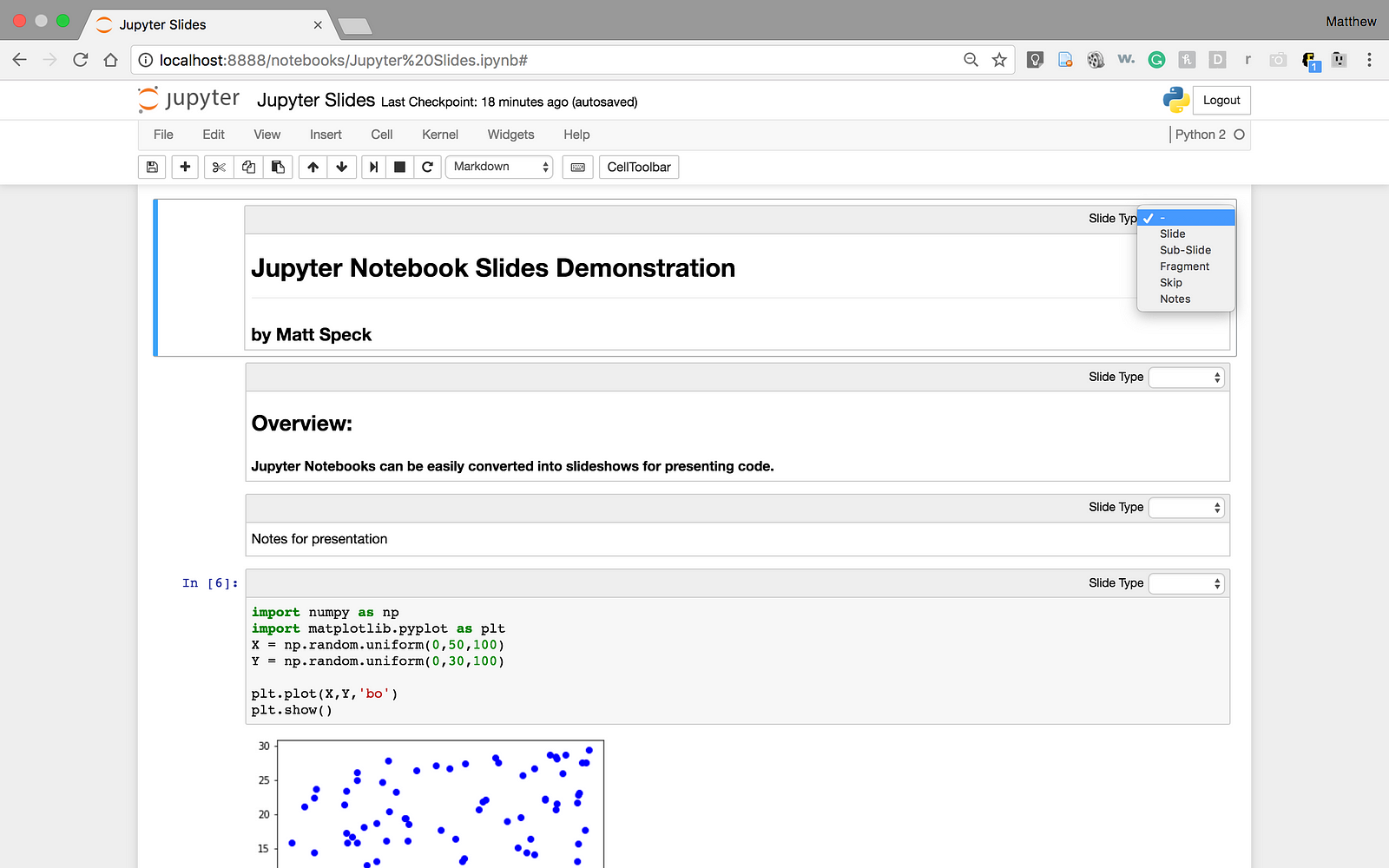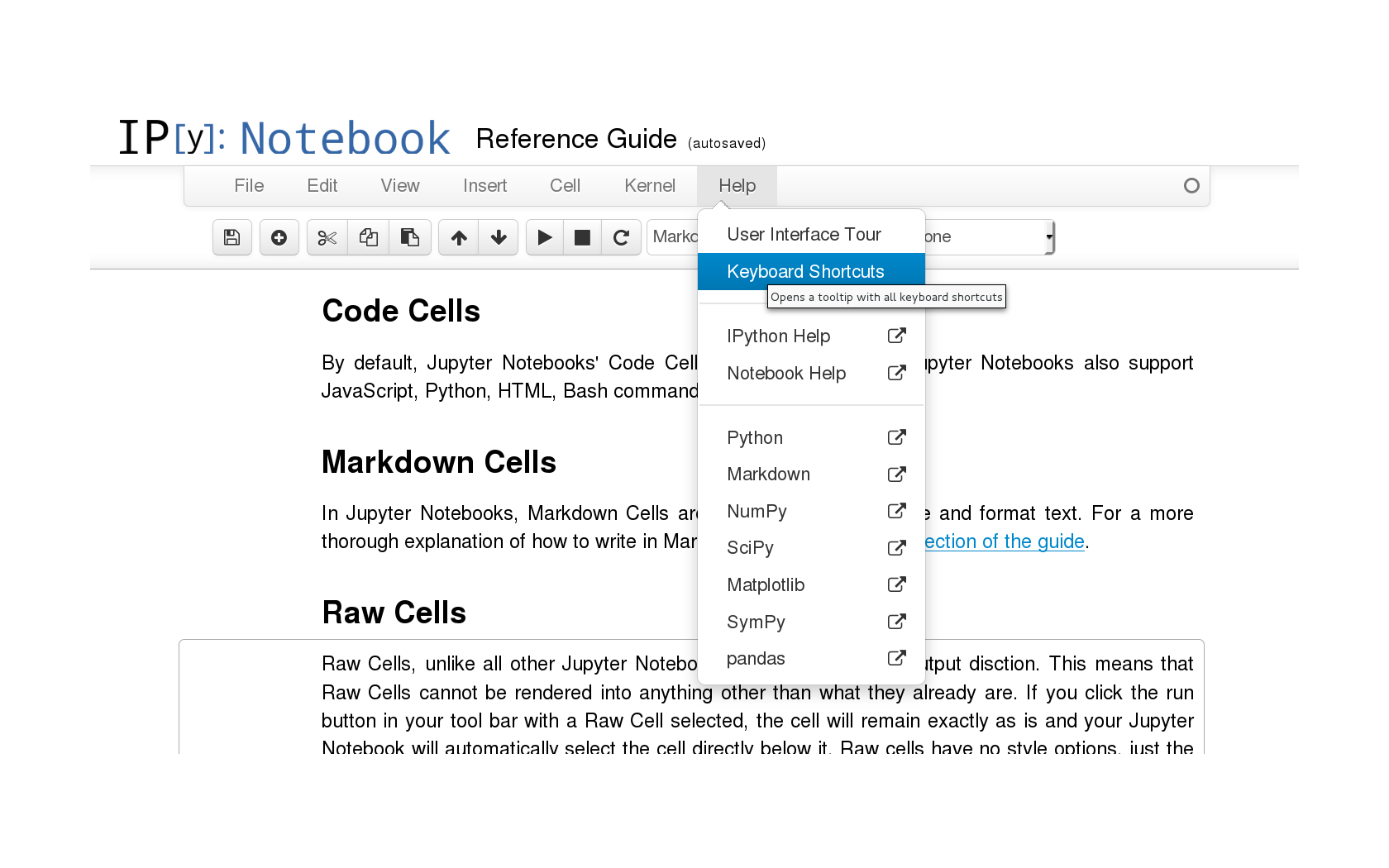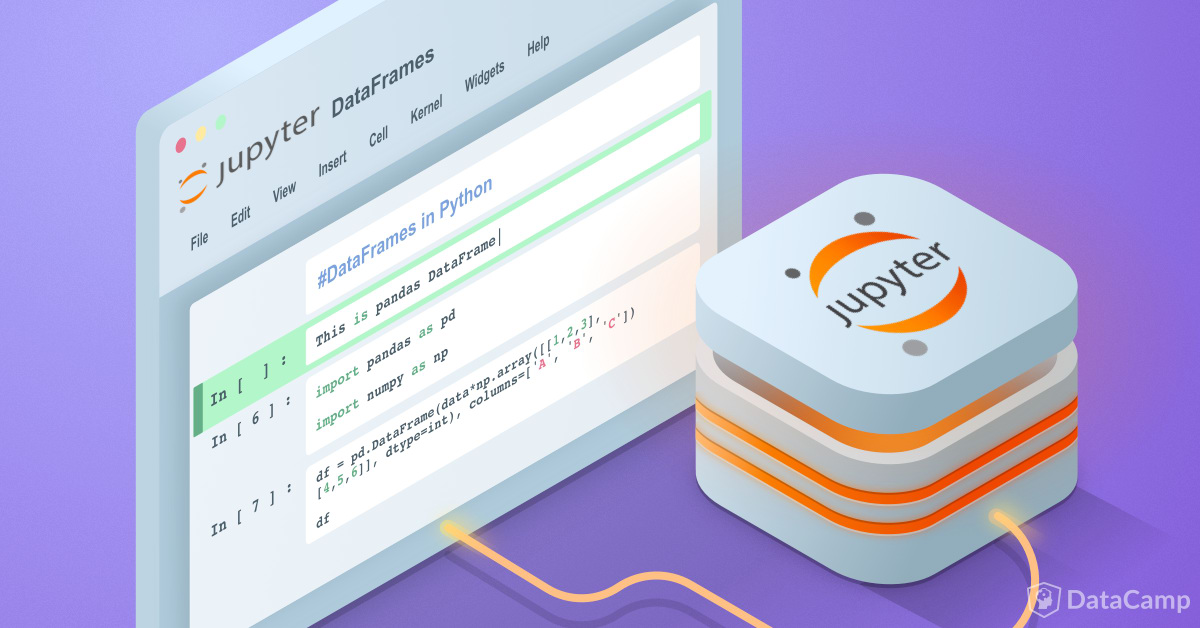

Alternatively, you can right-click the cell and select Debug Cell from the context menu.
HOW TO RUN JUPYTER NOTEBOOK ONLINE WINDOWS
Set the breakpoints in the selected cell and pressįor Windows or ⌥⇧↩ for macOS. This functionality is available only for local Jupyter server kernels. P圜harm provides the full-functional Jupyter Notebook Debugger.

HOW TO RUN JUPYTER NOTEBOOK ONLINE CODE
Even though you proceed with executing other code cells, restart the server, or delete the line with your request, this information will be shown. Note that the Introspection tab shows documentation for the latest requested code element. Preview reference documentation in the Introspection tab. The Introspection tab opens in the Jupyter tool window. Note that a code element should be accessible within the code cell.Įxecute the cell. (in this example, you will preview documentation for plt.scatter). To view reference information for any element of a particular code cell, place the caret within the target code cell and type ?. With P圜harm you can always quickly preview reference documentation for a particular variable, type, or argument. Click an arrow nearby a cell counter to expand or collapse the cell output. You can manage the length of the notebook by expanding and collapsing cell outputs. Just right-click any table header to get the context menu and select the target command. You can also copy a column header or all headers of the table to the clipboard. You can sort data in a column by clicking its header. By default, the table is saved in output.csv. To save the output in the *.csv format, select the Save as menu item form the context menu and specify a filename. You can copy the selected fragment or all cells of the table. To open a data frame in an editor tab, right-click the cell output and select Open in New Tab menu item. When any data frames are built, you can preview them in the tabular form.

Select the Invert images in dark themes checkbox on the Jupyter page in the project Settings/Preferences ( Ctrl+Alt+S) and restart the editor to apply the changes. You can invert the plotted image for better readability. If your notebook cell involves any code that plots charts, you can save the chart as an image: right-click the output and select Save As from the context menu. You can save the results or clear the output. Once you’ve executed the cell, its output is shown below the code. To enable this option, select Show inline values in the editor in project Settings/Preferences | Jupyter. Note that variable assignments are not shown. In addition to previewing values of the variables in the Variables tab, you can watch the values of the variable usages in the editor. You can click the link to the right of the variable to preview its values in the tabular form. See Managing Variables Loading Policy for more details. To change the loading policy, click in the Variables tab, select Variables Loading Policy, and select one of the available modes. When you execute your notebook, you can preview variables in the Variables tab of the Jupyter tool window.īy default, variables are loaded asynchronously. When you stop the server and change the server or kernel, you have to execute all cells with dependencies again, because execution results are valid for the current server session only. To execute all code cells in your notebook, click on the notebook toolbar or press Ctrl + Shift + Alt + Enter. In case of any errors, expand the Traceback node to preview the complete error message. If a cell relies on some code in another cell, that cell should be executed first.

When executing one cell at a time, mind code dependencies. Shift+Enter: Runs the current cell and select the cell below it. Use the following smart shortcuts to quickly run the code cells: Note that when you work with local notebooks, you don’t need to launch any Jupyter server in advance: just execute any cell and the server will be launched. You can execute the code of the notebook cells in many ways using the icons on the notebook toolbar and cell toolbars, commands of the code cell context menu (right-click the code cell to open it), and the Run commands of the main menu. Run and debug Jupyter notebook code cells


 0 kommentar(er)
0 kommentar(er)
